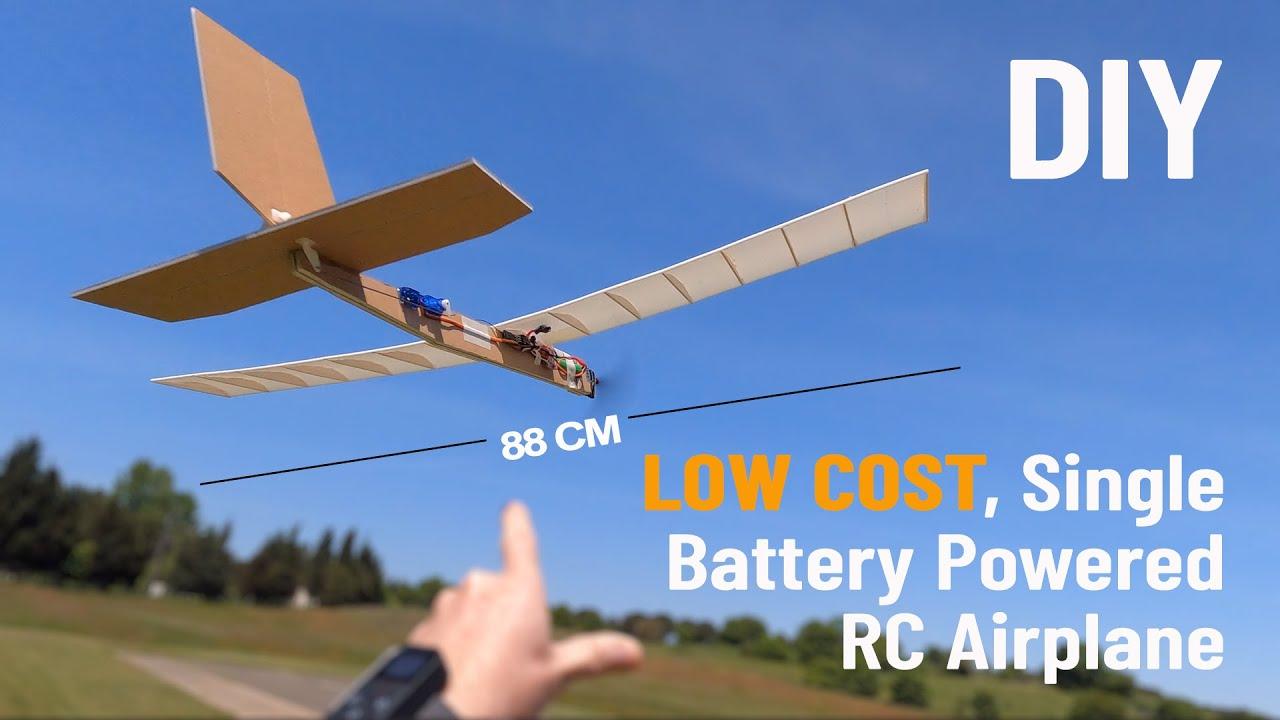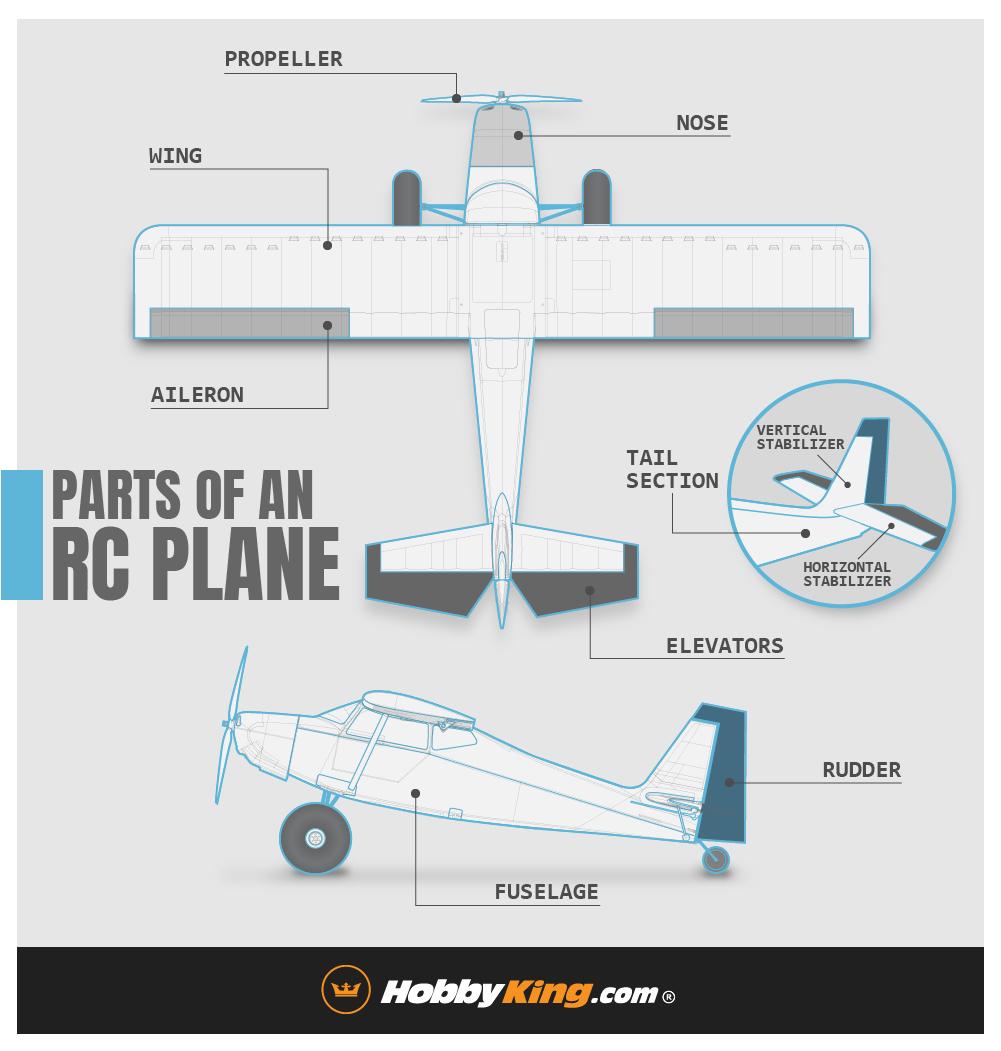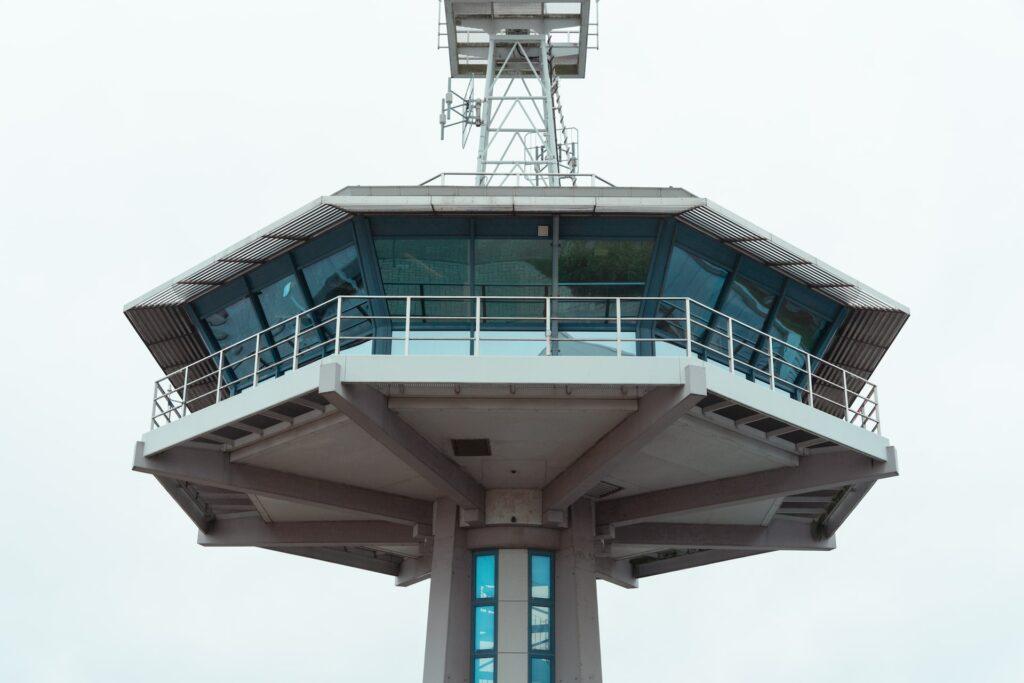Exploring the World of Remote Control Planes
Remote control planes are small, unmanned aircraft that are operated using radio control. These planes have been around for almost a century, with the first remote control aircraft being developed in the 1930s. Remote control planes have come a long way since then and are now an important part of the aviation industry. There are two main types of remote control planes – electric-powered and gas-powered planes. Electric-powered planes are easier to fly and operate quietly, while gas-powered planes offer longer flight times and higher speeds. When choosing a remote control plane, factors to consider include skill level, budget, and personal preference. Remote control planes consist of a number of components, including the fuselage, wings, propeller, and control surfaces. The control system of a remote control plane includes a transmitter, receiver, servos, and battery. To operate a remote control plane, the pilot uses the transmitter to send signals to the receiver, which then controls the plane’s servos to adjust its control surfaces and move it through the air. When flying remote control planes, it is important to know the rules and regulations for operating them. Choosing a safe location to fly, such as a large open field, is crucial to avoiding accidents and crashes. Pilots should also avoid flying near people or animals and should always keep sight of their plane. Flying remote control planes can be a fun and educational hobby. Remote control planes are often used for research, as they can travel further and operate in areas where manned aircraft cannot. The use of remote control planes in education has also grown, as they can be used to teach science, technology, engineering, and math (STEM) subjects.
Lower cost.
Factors to consider when choosing a real remote control plane include skill level, budget, and personal preference. Electric-powered planes are a great choice for beginners as they are easier to fly and operate more quietly. They are also lighter and require less maintenance. Gas-powered planes are more challenging to fly, but offer longer flight times, higher speeds, and greater versatility. The choice between electric-powered and gas-powered planes ultimately depends on the individual’s skill level and preferences.
There are many online forums and websites dedicated to remote control planes, where enthusiasts can find and share information and resources. Some websites also offer remote control planes for sale, along with accessories and replacement parts.
When it comes to electric-powered planes, some popular brands include Eflite, HobbyZone, and Blade. These brands offer a variety of planes for different skill levels and budgets. For instance, Eflite has beginner-friendly planes like the UMX Aero Commander and the Apprentice STS, while HobbyZone has intermediate planes like the Carbon Cub S+ and the Sport Cub S. Blade also has planes for beginners and intermediate pilots like the Nano S2 and the mSR S.
For gas-powered planes, popular brands include Hangar 9, Great Planes, and Futaba. These brands offer high-quality planes that are designed with advanced features and technology for experienced RC pilots. Hangar 9 has gas-powered planes like the P-47D Thunderbolt, the Messerschmitt Bf 109F-2, and the Carbon Cub 15cc ARF. Great Planes has planes like the Escapade .61ARF and the Super Sportster 90/120 ARF, while Futaba offers radios and servos that are designed specifically for gas planes.

What are some popular brands of gas-powered remote control planes?
Some popular brands of gas-powered remote control planes are Hangar 9, Top Flite, and Great Planes.
Understanding the Components and Control System of a Remote Control Plane
To fly a real remote control plane, pilots need to understand its components and control system. The fuselage, wings, and propeller are the basic components of a remote control plane, while the control surfaces include the ailerons, elevator, and rudder. The control system of a remote control plane includes a transmitter, receiver, servos, and battery. The transmitter sends radio signals to the receiver, which interprets the signals and moves the servos to control the plane’s movement. The battery powers the control system and motor.
Below is a table that shows the differences between electric-powered and gas-powered remote control planes:
| Electric-Powered Planes | Gas-Powered Planes |
|---|---|
| Easier to operate | More difficult to operate |
| Shorter flight times | Can fly longer distances |
| Lower cost | Higher costs |
| Lighter and quieter | Heavier and louder |
| Require less maintenance | Require more maintenance |
There are many online resources available for remote control plane enthusiasts, including forums, blogs, and websites. Some websites offer remote control planes for sale, along with accessories and replacement parts. Additionally, technology advancements have led to the development of more sophisticated remote control planes, which are used for various purposes including surveillance, search and rescue operations, and military applications.
One popular brand of real remote control planes is E-flite, which offers a variety of electric-powered planes for both beginner and advanced pilots. Their products include the Apprentice S 15e RTF, a trainer plane designed to help new pilots learn to fly, and the Night Radian, a model with built-in LED lights for night flying.

What are the different types of remote control planes available for purchase?
The different types of remote control planes available for purchase include fixed-wing planes, gliders, jet planes, and heli-copters.
Follow Safety Guidelines.
Flying remote control planes requires responsibility and awareness of potential safety hazards. It’s important to obey local laws and regulations for flying remote control planes and abide by designated flying areas. Pilots should keep their plane in sight and avoid flying near people or animals. Flying in areas without obstacles or hazards is crucial to avoiding accidents or crashes. Remote control planes should not be flown near airports or manned aircraft as this could cause safety issues.
There are many online resources available to keep pilots up-to-date with rules and regulations for flying real remote control planes. The Federal Aviation Administration (FAA) provides guidelines for the safe operation of remote control planes, including weight limits, flying restrictions, and registration requirements. Additionally, forums and websites offer advice and tips for flying remote control planes safely. Some products include GPS tracking devices and return-to-home features to prevent loss or damage to remote control planes.
Brand anchor texts with links:

What guidelines does the Federal Aviation Administration provide for safe operation of remote control planes?
The Federal Aviation Administration provides guidelines for safe operation of remote control planes, which include flying below 400 feet, avoiding airports, and maintaining visual contact with the aircraft at all times.
Remote control planes have many benefits that extend beyond the realm of hobbyists. For example, remote control planes are often used in scientific research. They are less expensive and easier to customize than traditional aircraft, which make them ideal for studying various phenomena such as animal migrations or environmental changes. Moreover, these planes have been useful in military combat situations to fly in areas where manned aircraft cannot. As for education, remote control planes can be used to teach STEM subjects in a more interactive and fun way. They can help children understand scientific concepts and apply them practically. Additionally, a remote control airplane club can be a great way to make new friends and foster a sense of community. Being a part of a club comes with added benefits such as shared knowledge, mutual collaboration, and the chance to participate in organized events. The popularity of remote control planes only continues to grow, thanks to improved technology and ease of access.
Conclusion
In conclusion, remote control planes provide a fun activity for hobbyists and enthusiasts alike. However, they also offer far-reaching benefits beyond entertainment purposes. Remote control planes can be used in scientific research, military operations, and education. The use of remote control planes in education has become increasingly popular, particularly in teaching STEM subjects. Additionally, being part of a remote control airplane club provides a sense of community, camaraderie, and knowledge-sharing. With advances in technology and accessibility, remote control planes have undoubtedly become a valuable tool in various fields, contributing to advancements in fields like science and engineering.



